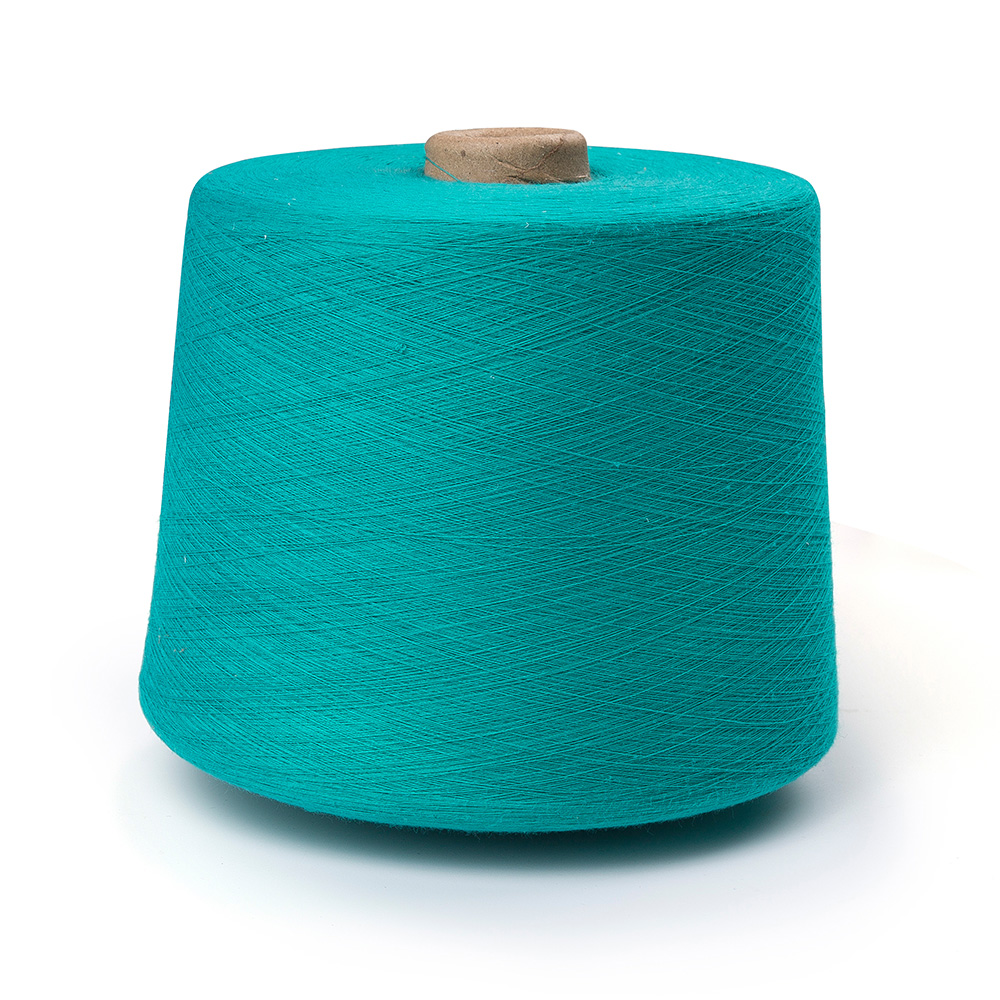If you are interested in some of our products, please feel free to visit our website or contact us for detailed information.

The performance of elastic yarn in terms of resistance to stretching and snapping under tension largely depends on various factors such as the type of elastic material used, the construction of the yarn, and the intended application. Generally, elastic yarns are designed to withstand stretching and snapping to a certain extent, but they do have their limits.
Material Composition: The resilience of elastic yarns hinges on the precise selection and combination of materials. Manufacturers conduct exhaustive research and testing to identify elastomers with optimal mechanical properties, including tensile strength, modulus of elasticity, and elongation at break. Natural rubber and synthetic elastomers like spandex dominate this space due to their exceptional elasticity and resistance to deformation. The chemical composition and molecular structure of these materials play pivotal roles in determining the yarn's ability to recover its original shape after being subjected to tension.
Yarn Construction: The construction of elastic yarns represents a sophisticated interplay of design parameters aimed at maximizing tensile strength and flexibility while minimizing the risk of structural failure. Yarns may be comprised of multiple plies twisted together to enhance cohesion and load-bearing capacity. Additionally, variations in filament count and cross-sectional geometry profoundly influence the yarn's mechanical properties. For instance, yarns with higher filament counts and complex cross-sections exhibit greater resistance to unraveling and snapping, thereby offering enhanced durability and performance. Advanced weaving techniques, such as air-jet texturing or false twist texturing, are employed to impart specific characteristics like bulkiness or softness, further augmenting the yarn's suitability for diverse applications.
Stretch Percentage: The stretch percentage of elastic yarns represents a critical design parameter that dictates their functional range and performance capabilities. Manufacturers rigorously evaluate the tensile properties of yarn samples across a range of elongation levels to establish precise stretch limits that optimize performance while mitigating the risk of mechanical failure. These limits are determined based on factors such as the intended application, desired level of elasticity, and material composition. By adhering to prescribed stretch limits, users can ensure that elastic yarn-based products maintain their structural integrity and functional properties under varying degrees of tension, thereby minimizing the likelihood of premature failure or deformation.
Application Specifics: Elastic yarns are engineered to meet the unique performance requirements of diverse applications spanning industries such as apparel, automotive, healthcare, and sports. Each application presents distinct challenges and demands, necessitating tailored solutions to address specific functional criteria. For instance, yarns destined for athletic apparel must exhibit exceptional stretch and recovery properties to facilitate freedom of movement and moisture management during physical activity. Conversely, elastic yarns used in medical compression garments must provide consistent compression levels to support circulation and alleviate swelling.
Environmental Factors: The performance of elastic yarns can be influenced by environmental factors such as temperature, humidity, and exposure to chemicals or UV radiation. Elevated temperatures may accelerate molecular degradation and reduce the elasticity of elastomeric fibers, leading to diminished tensile strength and increased susceptibility to snapping under tension. Likewise, prolonged exposure to high humidity levels can promote microbial growth and moisture absorption, compromising yarn integrity over time. The development of specialty coatings or treatments can enhance yarn resistance to environmental stressors, further extending its service life and performance envelope.
Polyester Spun Yarn

Polyester Spun Yarn


 English
English Español
Español








